A visit to Canberra is a meeting with many of Australia’s national institutions, with the Parliament, the National Museum and Australia’s War Memorial at the forefront. Many large buildings are located in the center, and they also house several museums such as the country’s national portrait gallery. A tour of the country’s parliament provides both fine information and an insight into Australian politics.
When you walk in the streets of Canberra, you quickly find that the street network is built in a special pattern and with special zones. The city itself is a designed capital, constructed according to a carefully devised plan that was to show the greatness of the Australian nation and its capabilities. Walter Burley Griffin was at the forefront of the city plan, which has created distinguished parade streets, impressive plazas, recreational areas and fine vantage points.
In Canberra, cultural life is also booming with a number of museums, among other things, and both in terms of gastronomy and shopping, the city offers an abundance of possibilities. In the area of London Circuit, pedestrian streets and shopping malls can be found, and close by is the fine Australian National Museum.
Canberra is a city that is very flat in its building mass and it offers panoramic views of nature from places as Mount Ainslie. From there you can also see that you are never far for activities in the vast nature that begins minutes from the center of Canberra.
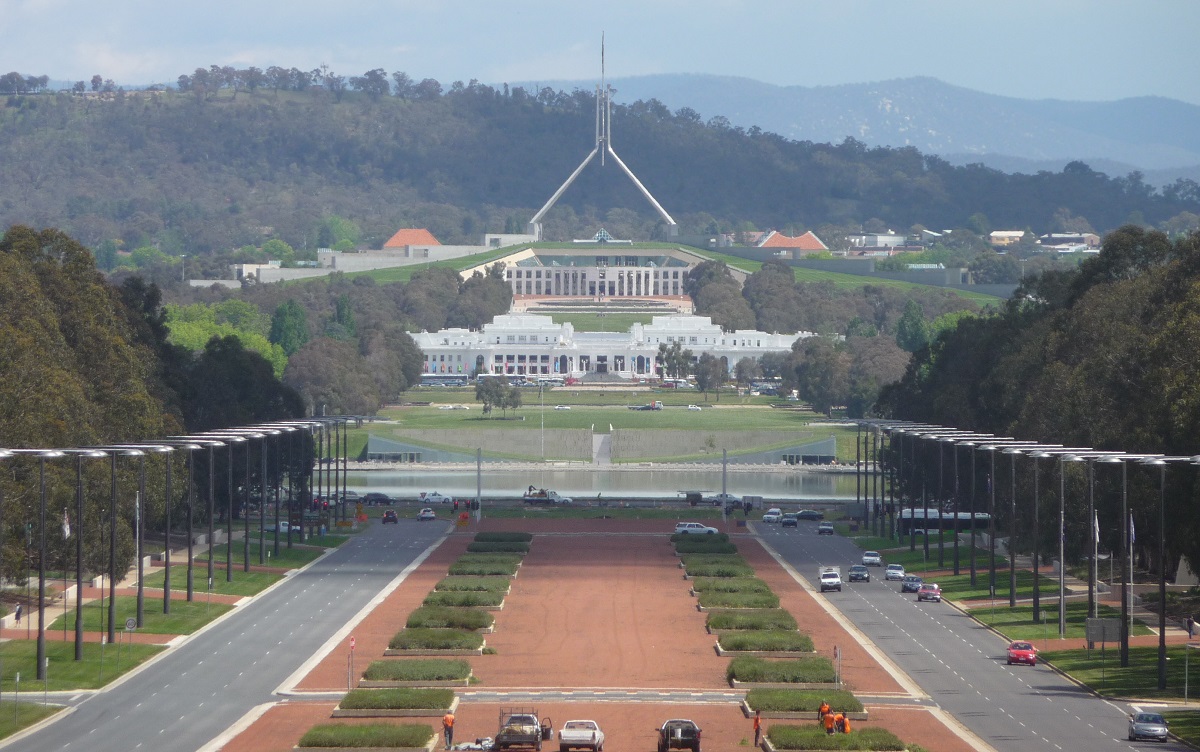
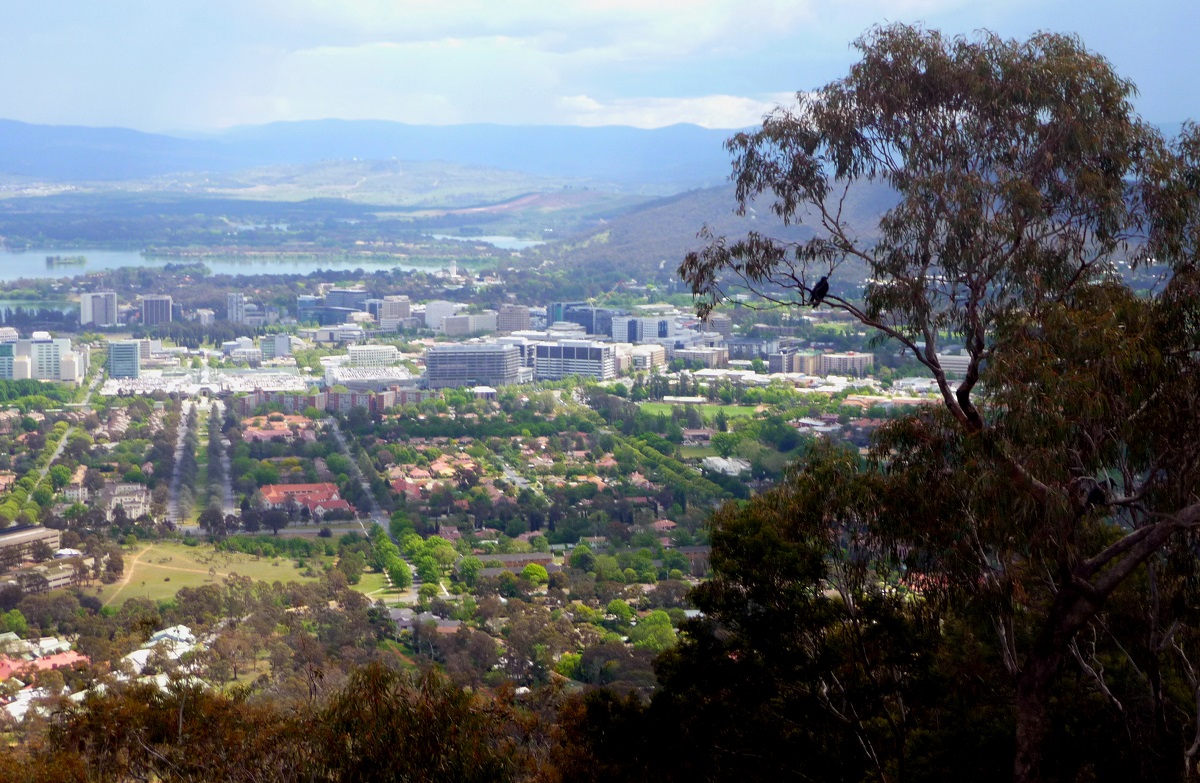
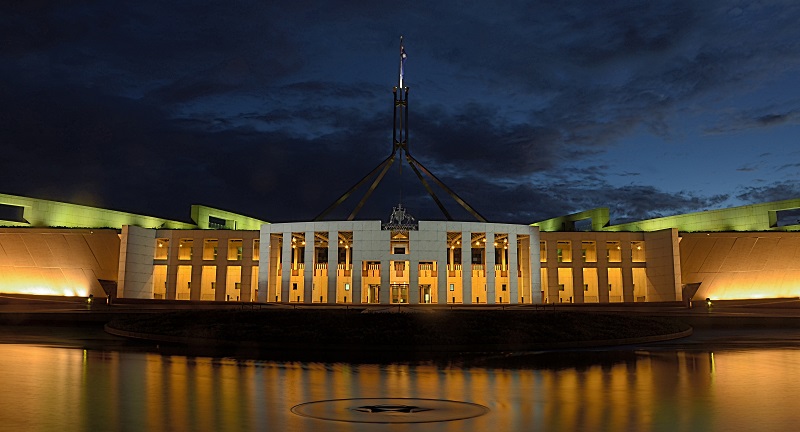
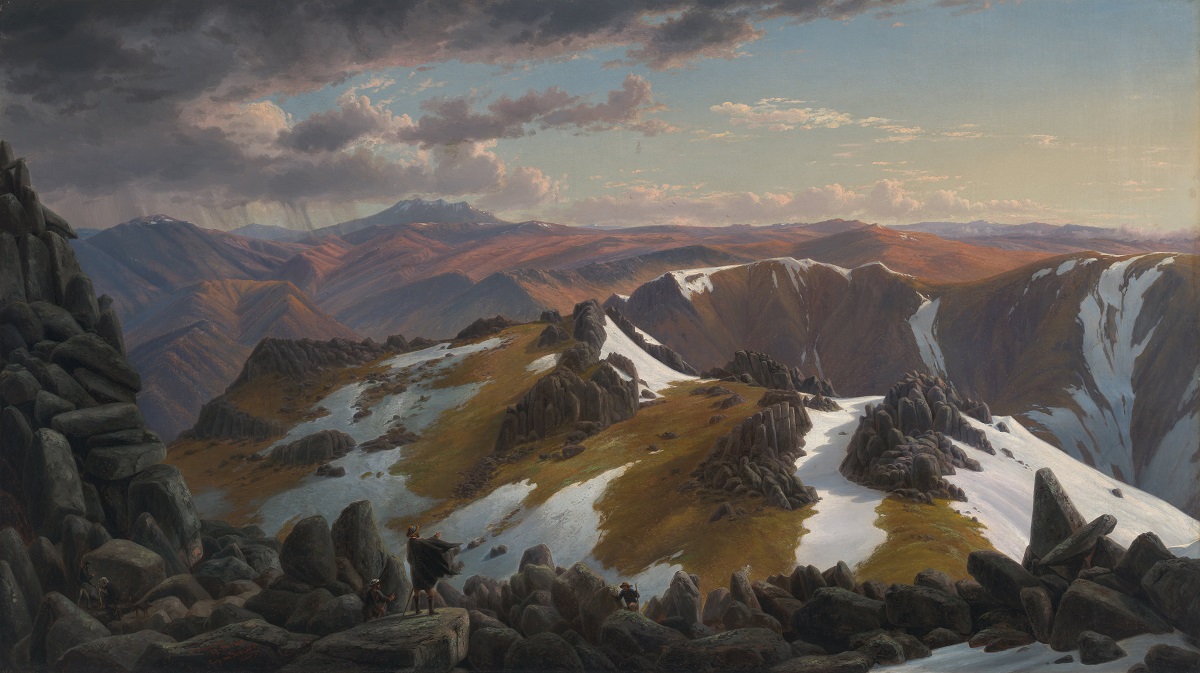
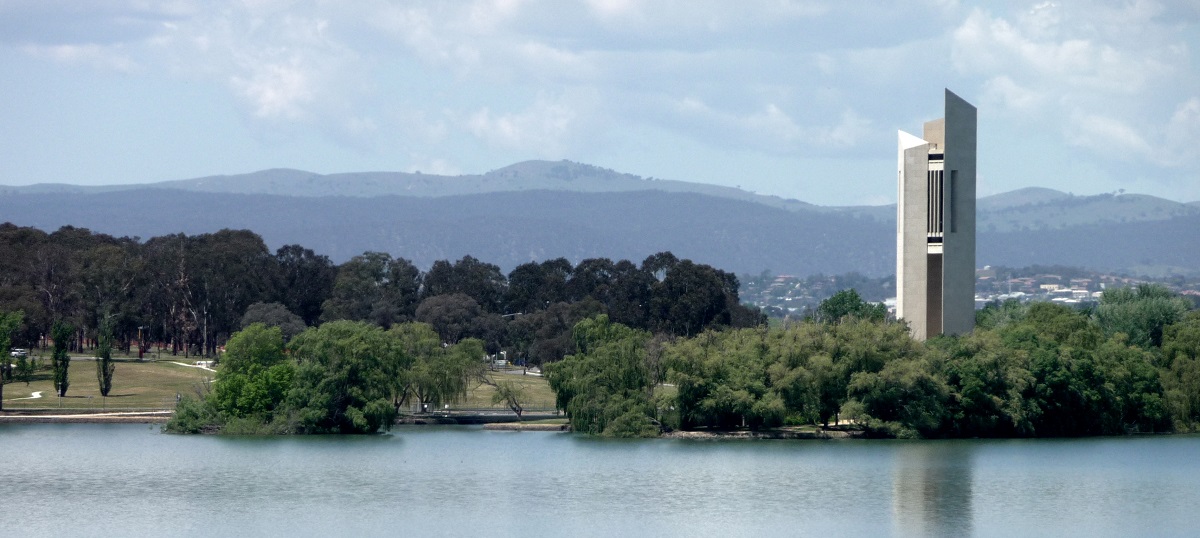
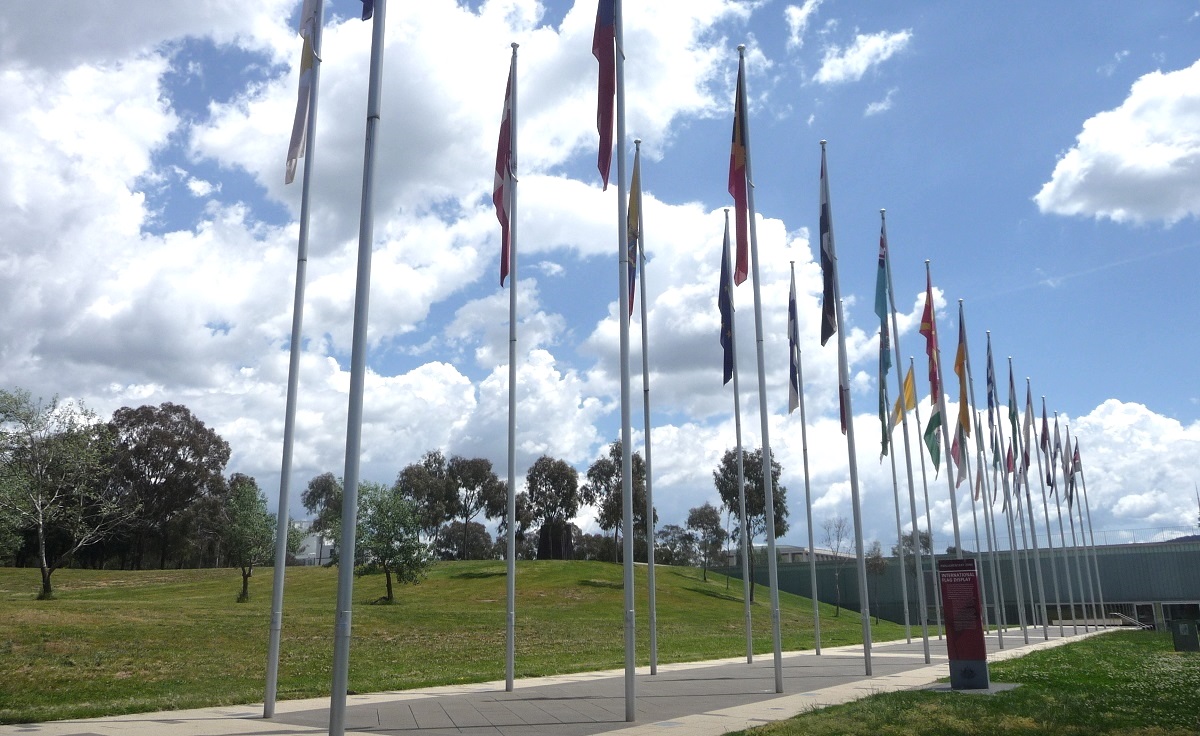
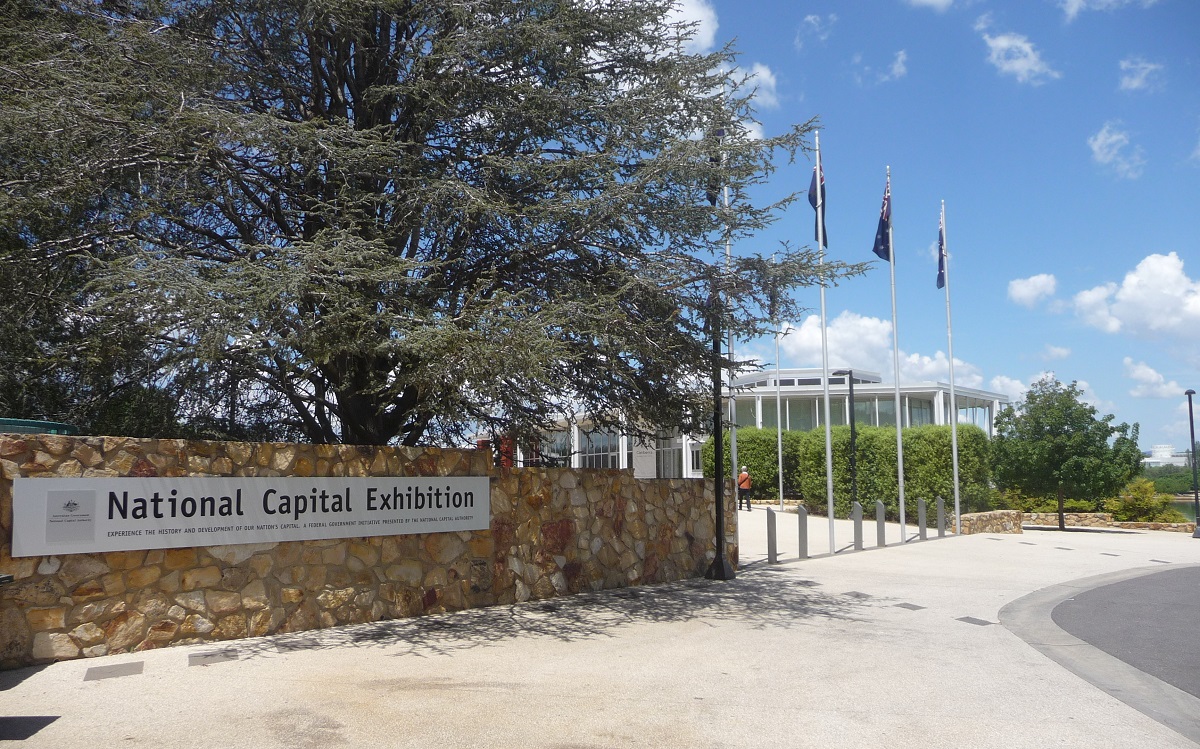
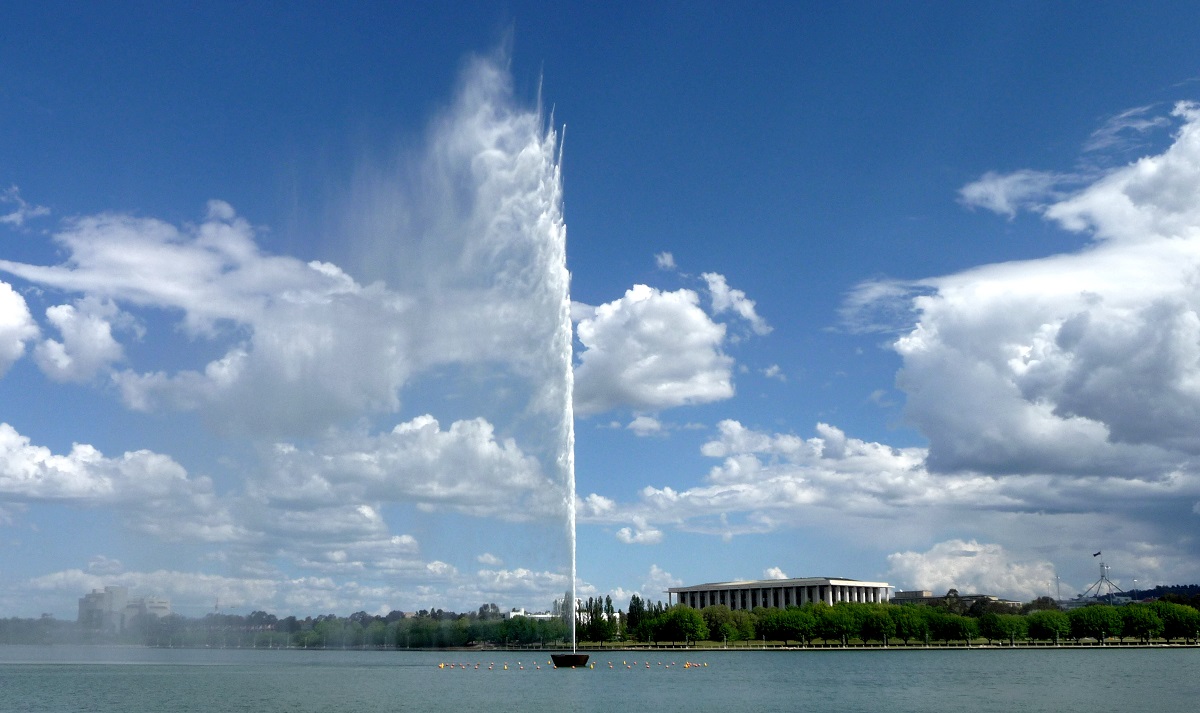
The European arrival
The European settlement in Canberra started in the 1820s. Before that, people from the indigenous tribes of Australia, the Aborigines, lived here. Four settlement expeditions came to the area between 1820 and 1824, and the first construction was a house on the Acton Peninsula, located very close to the present city center.
Throughout the 19th century, several newcomers arrived steadily, initially encouraged by hiring on already established farms. Larger public buildings were built over time, such as the still-preserved Church of John the Baptist from 1845.
The new capital
With the establishment of the federation in Australia, a common capital was needed. Both Sydney and Melbourne claimed this status, but a compromise had to be made. As a result, a new capital was to be established in a part of the province of New South Wales, but it had to be more than 100 miles (160 kilometers) away from Sydney.
Surveyor Charles Scrivener’s worked in 1908 to find the proper land where Canberra should be made the country’s new capital, and the Australian Capital Territory land was separated from New South Wales and given to the federal government establishing it as a metropolitan area.
The expansion of the capital
Canberra got its present name on March 12, 1913. It happened during a ceremony on Capital Hill, then called Kurrajong Hill. The event gave birth to so-called Canberra Day, which falls on the second Monday in March, which marks the capital’s founding.
Canberra was chosen as the coming capital at a time when it in no way roomed the facilities for it. Therefore, a whole new design and layout had to be developed for the purpose.
In an international architectural competition in 1910, an overall city plan was sought for Canberra’s many new institutions, which included the country’s parliament and the Supreme Court. Walter Burley Griffin’s plan was chosen, and in 1913 the large construction works began.
From capital to metropolitan
The federal government moved to the city in 1927, when a temporary parliament building was ready for use. The depression of the 1930s and World War II delayed or revised the planned expansion, among other things, intended large Anglican and Catholic cathedrals have not been built.
After World War II, many government offices were moved from Melbourne to Canberra as the development of the city as a fully functioning capital was completed. Today, on a city map you can clearly see the planned city’s lines with the so-called Parliamentary Triangle as the primary axes.
Canberra today
Today, Canberra has grown steadily with many Australian migrants, as well as the international Australia with diplomatic representations from countries throughout the world. It is a city that matches the international perspective of other capitals and has been at the center for large events several times.
During the Sydney Olympic Games in the year 2000, Canberra hosted matches in the soccer tournament of the games. They were played at Bruce Stadium, which is home to rugby matches, among other things. Canberra, of course, is also Australia’s political heart with all the parliamentary work, but also of events celebrating milestones in the country’s history.

Overview of Canberra
A visit to Canberra is a meeting with many of Australia’s national institutions, with the Parliament, the National Museum and Australia’s War Memorial at the forefront. Many large buildings are located in the center, and they also house several museums such as the country’s national portrait gallery. A tour of the country’s parliament provides both fine information and an insight into Australian politics.
When you walk in the streets of the city, you quickly find that the street network is built in a special pattern and with special zones. The city itself is a designed capital, constructed according to a carefully devised plan that was to show the greatness of the Australian nation and its capabilities. Walter Burley Griffin was at the forefront of the city plan, which has created distinguished parade streets, impressive plazas, recreational areas and fine vantage points.
About the upcoming Canberra travel guide
About the travel guide
The Canberra travel guide gives you an overview of the sights and activities of the Australian city. Read about top sights and other sights, and get a tour guide with tour suggestions and detailed descriptions of all the city’s most important churches, monuments, mansions, museums, etc.
Canberra is waiting for you, and at vamados.com you can also find cheap flights and great deals on hotels for your trip. You just select your travel dates and then you get flight and accommodation suggestions in and around the city.
Read more about Canberra and Australia
Buy the travel guide
Click the “Add to Cart” button to purchase the travel guide. After that you will come to the payment, where you enter the purchase and payment information. Upon payment of the travel guide, you will immediately receive a receipt with a link to download your purchase. You can download the travel guide immediately or use the download link in the email later.
Use the travel guide
When you buy the travel guide to Canberra you get the book online so you can have it on your phone, tablet or computer – and of course you can choose to print it. Use the maps and tour suggestions and you will have a good and content-rich journey.
Parliamentary Triangle • ANZAC Parade • Museums • Mount Ainslie

Overview of Canberra
A visit to Canberra is a meeting with many of Australia’s national institutions, with the Parliament, the National Museum and Australia’s War Memorial at the forefront. Many large buildings are located in the center, and they also house several museums such as the country’s national portrait gallery. A tour of the country’s parliament provides both fine information and an insight into Australian politics.
When you walk in the streets of the city, you quickly find that the street network is built in a special pattern and with special zones. The city itself is a designed capital, constructed according to a carefully devised plan that was to show the greatness of the Australian nation and its capabilities. Walter Burley Griffin was at the forefront of the city plan, which has created distinguished parade streets, impressive plazas, recreational areas and fine vantage points.
About the upcoming Canberra travel guide
About the travel guide
The Canberra travel guide gives you an overview of the sights and activities of the Australian city. Read about top sights and other sights, and get a tour guide with tour suggestions and detailed descriptions of all the city’s most important churches, monuments, mansions, museums, etc.
Canberra is waiting for you, and at vamados.com you can also find cheap flights and great deals on hotels for your trip. You just select your travel dates and then you get flight and accommodation suggestions in and around the city.
Read more about Canberra and Australia
Buy the travel guide
Click the “Add to Cart” button to purchase the travel guide. After that you will come to the payment, where you enter the purchase and payment information. Upon payment of the travel guide, you will immediately receive a receipt with a link to download your purchase. You can download the travel guide immediately or use the download link in the email later.
Use the travel guide
When you buy the travel guide to Canberra you get the book online so you can have it on your phone, tablet or computer – and of course you can choose to print it. Use the maps and tour suggestions and you will have a good and content-rich journey.





Similar to Canberra Travel Guide
There are no listings matching your search.
Reset